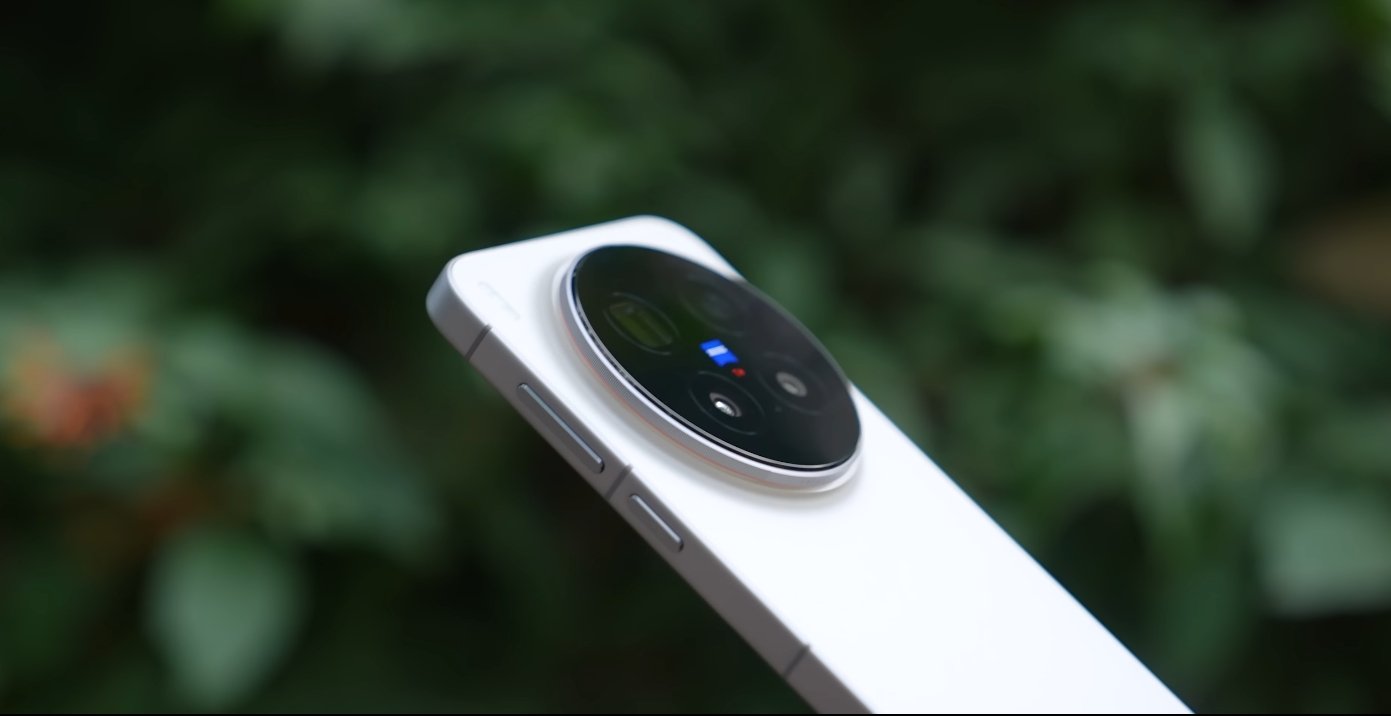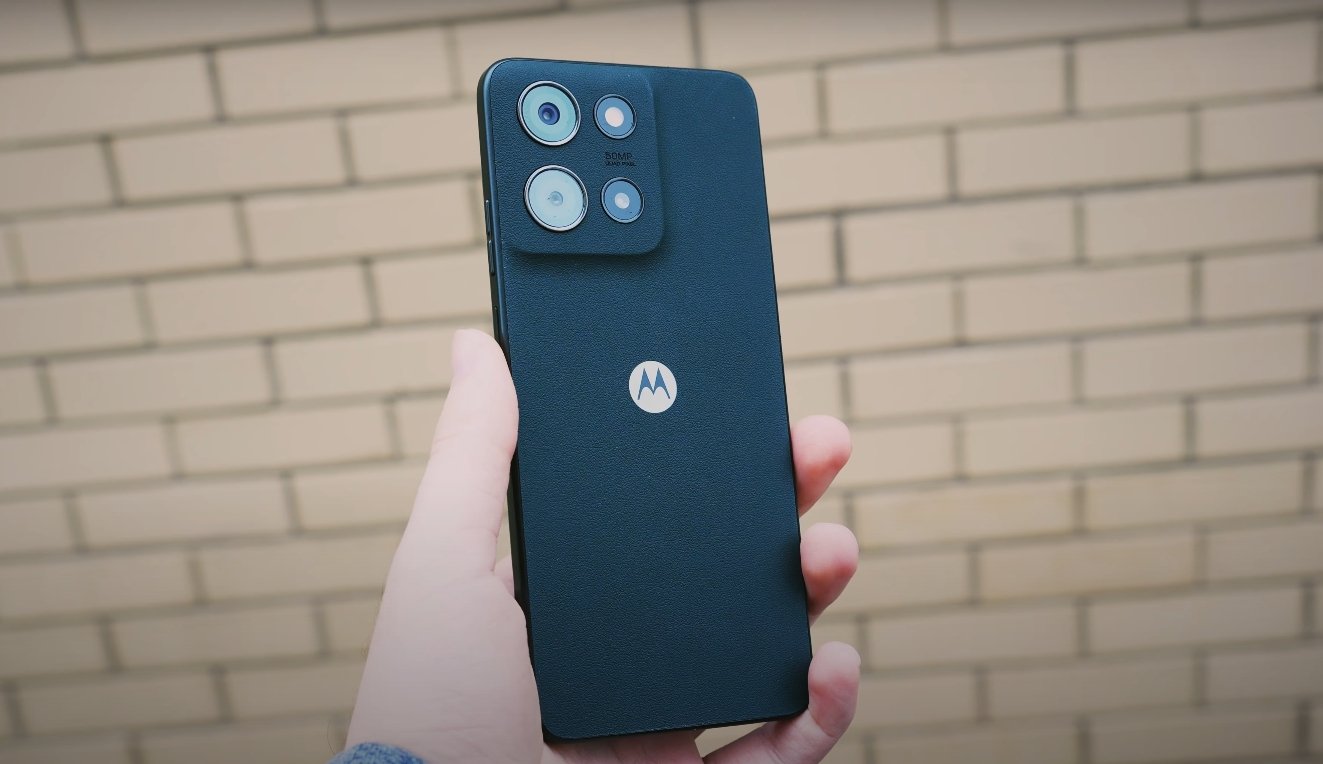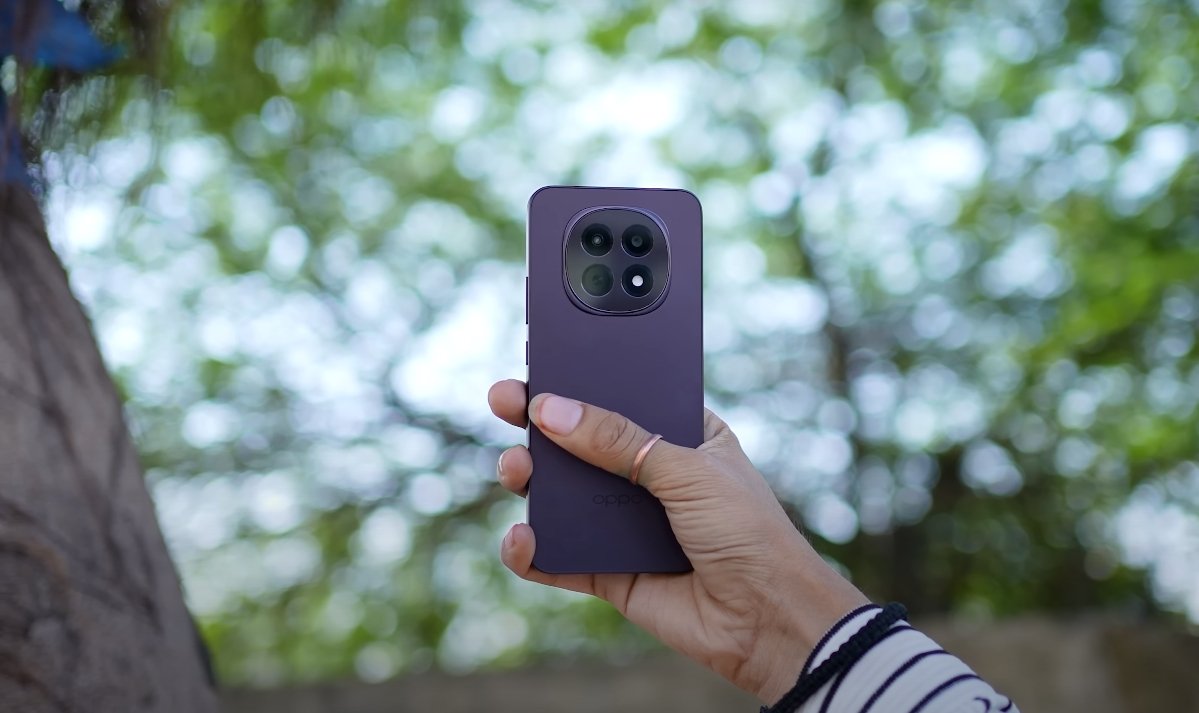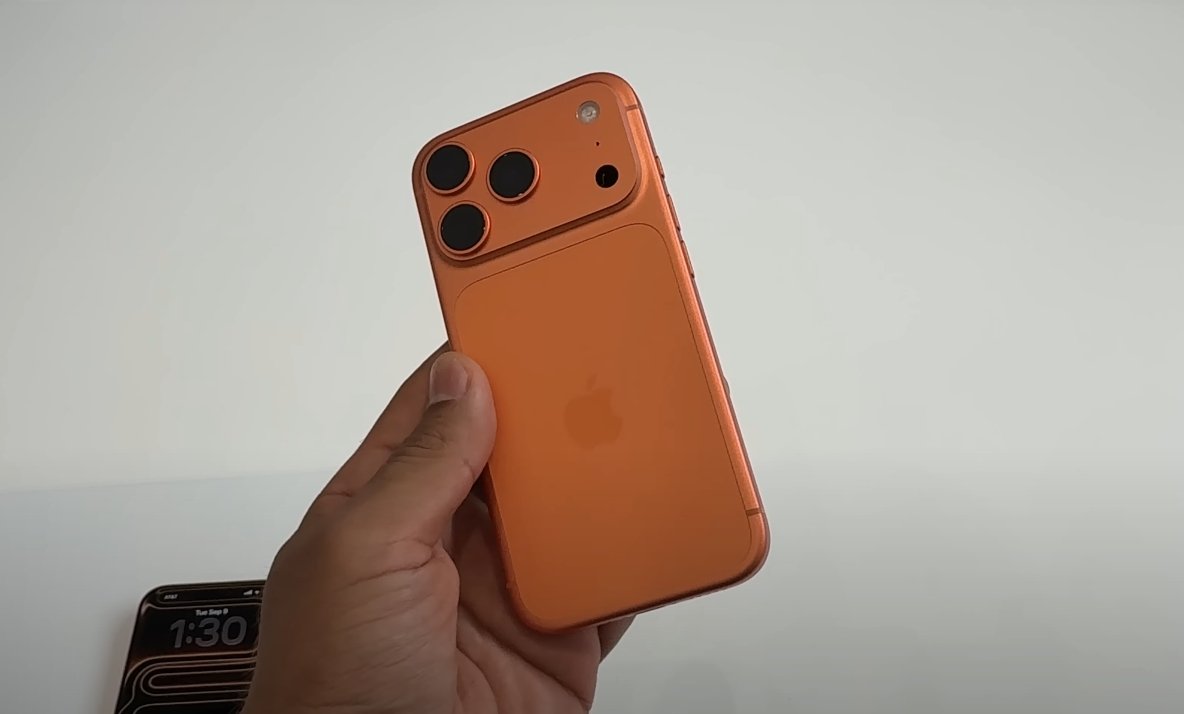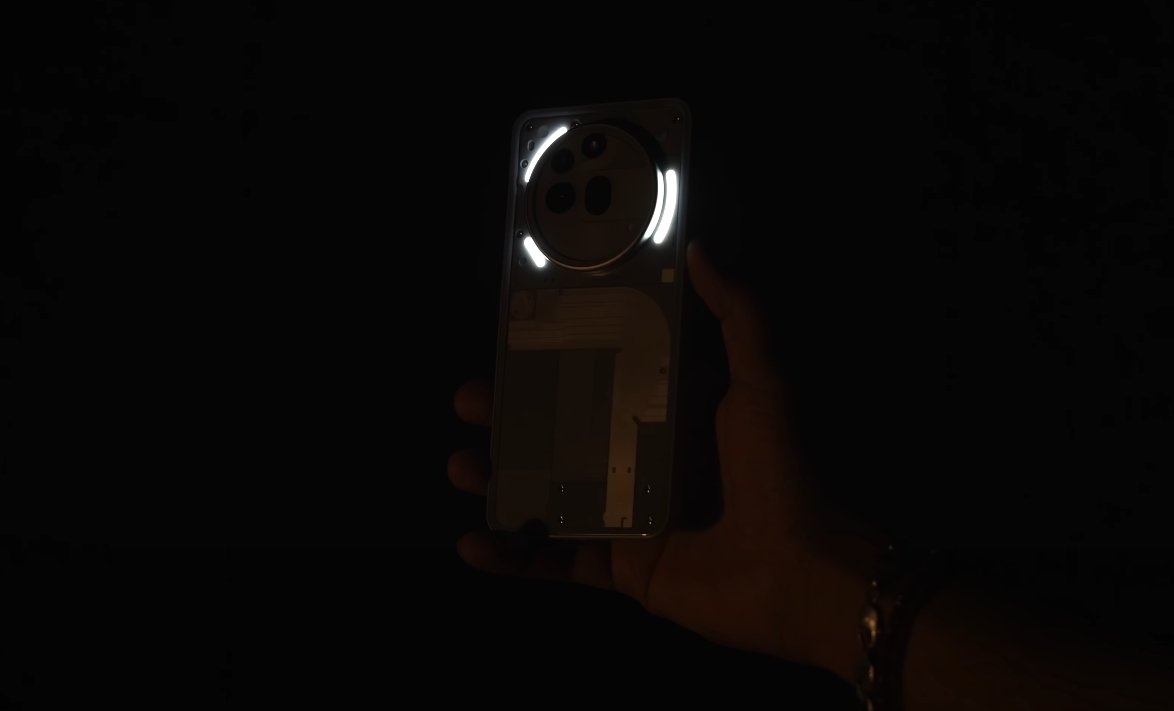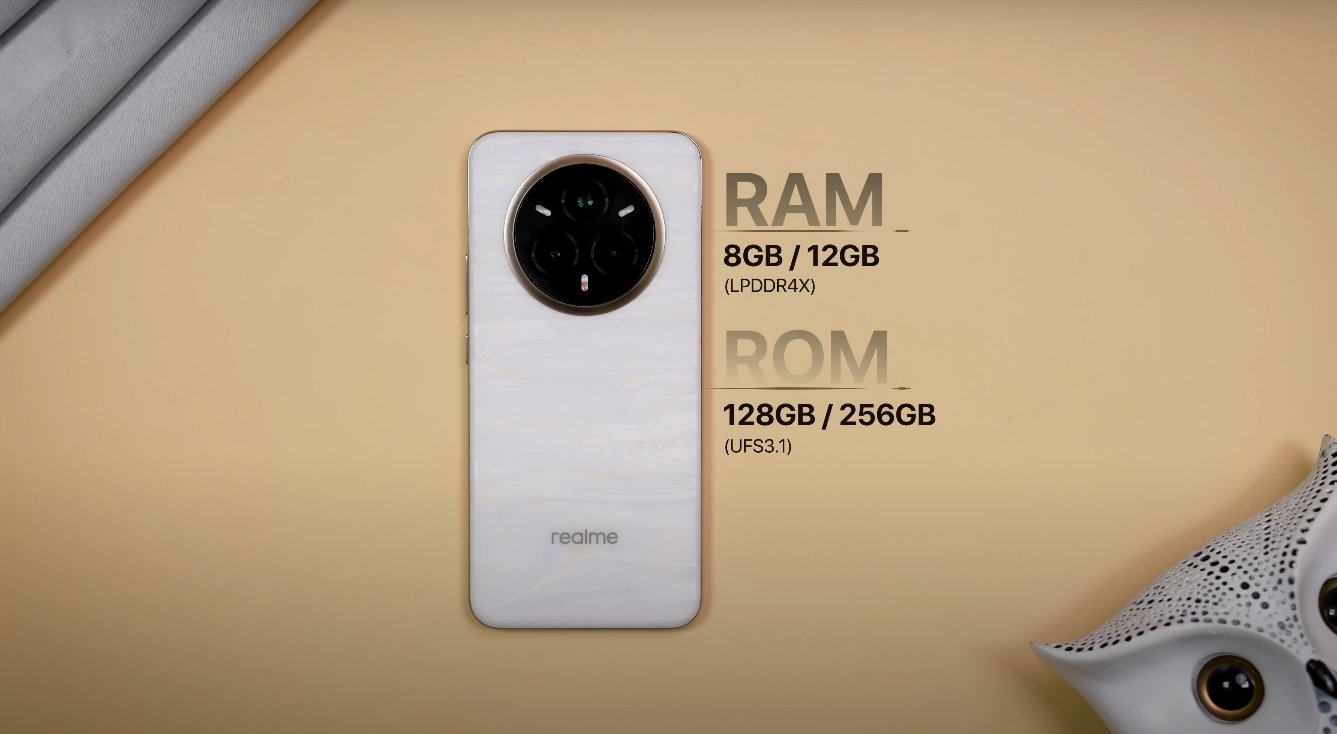How the Vivo X300 Pro Performs on U.S. 5G Networks
The Vivo X300 Pro has been making waves globally for its advanced specifications, premium design, and flagship-level features. One area of interest for U.S. consumers is its 5G connectivity and compatibility with American carriers. While the phone is fully 5G-capable, its performance on U.S. networks depends on the specific bands supported and the deployment strategies of carriers. Testing the Vivo X300 Pro on T-Mobile, AT&T, Verizon, and U.S. Cellular provides a clearer picture of what U.S. users can expect.
The Vivo X300 Pro supports a wide range of 5G bands, including both sub-6 GHz Frequency Division Duplex (FDD) and Time Division Duplex (TDD) bands. These bands are essential for ensuring compatibility with 5G networks around the world. In the United States, carriers use a combination of low-band, mid-band, and millimeter-wave (mmWave) frequencies to deliver their 5G services. The X300 Pro’s compatibility with some of these bands allows it to access 5G speeds in several areas, though there are limitations in others.
Testing on T-Mobile revealed that the Vivo X300 Pro could connect successfully to mid-band 5G, particularly on the n41 band. Users experienced stable connections with decent speeds in urban and suburban locations. However, T-Mobile’s high-speed mmWave 5G, which relies on n260 and n261 bands, was not accessible on the X300 Pro. This means that while T-Mobile users can enjoy mid-band 5G coverage, the maximum speed potential of the network may not be fully realized, especially in areas where mmWave is deployed for ultra-fast connectivity.
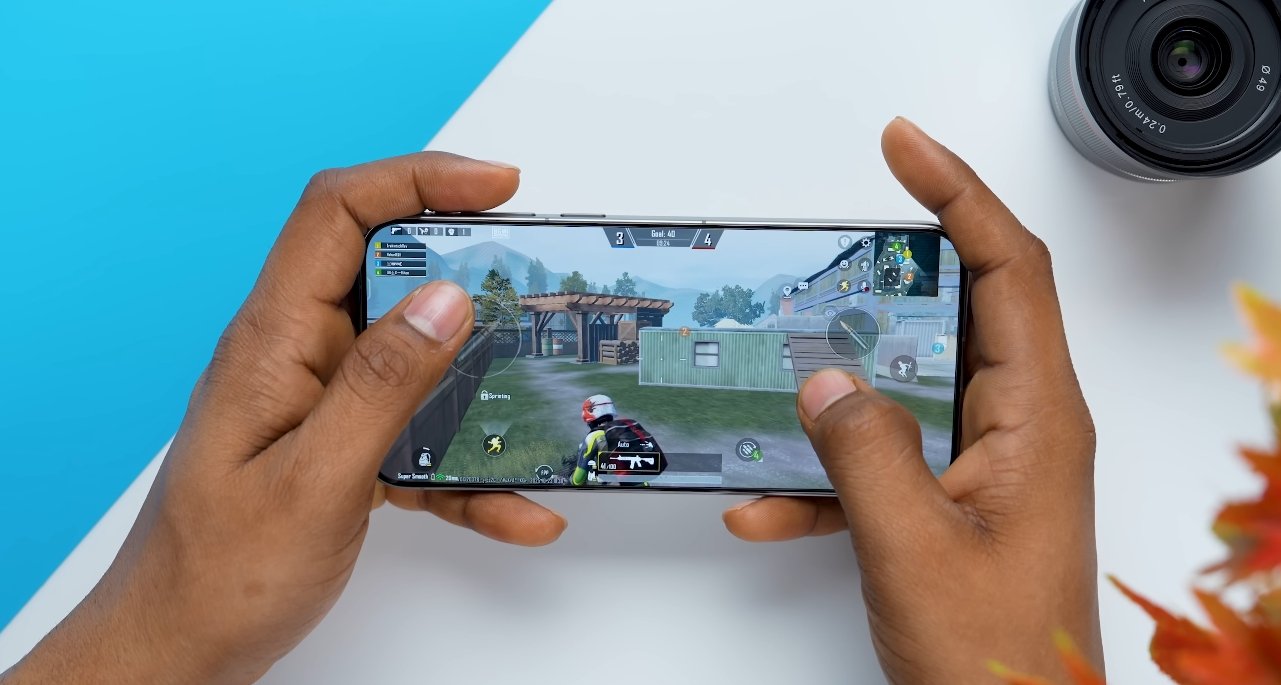
For AT&T, testing showed partial 5G compatibility. The phone successfully connected to the n2 and n5 bands, which support AT&T’s low- and mid-band 5G coverage. Users in city centers and populated areas could benefit from stable 5G speeds. However, the X300 Pro does not support n12 and n66 bands, which are used in many rural and suburban areas. This limitation means that in certain regions, users may be restricted to 4G LTE speeds, reducing the effectiveness of the phone for nationwide 5G coverage.
Verizon presents the biggest challenge for the Vivo X300 Pro. Verizon’s 5G network relies heavily on mmWave bands n260 and n261 for its ultra-fast connections. Since the X300 Pro does not support these mmWave frequencies, users are limited to Verizon’s low-band 5G, which is slower than mid- or high-band 5G. In practice, this means that the Vivo X300 Pro will not be able to deliver the same high-speed experience on Verizon as it does on T-Mobile or even AT&T in certain areas. Users looking for maximum 5G performance on Verizon may find the device limiting.
Testing on U.S. Cellular showed that the X300 Pro could connect to n5 and n77 bands, which form part of the carrier’s mid-band 5G network. Users in urban areas enjoyed stable connections and good speeds. However, the phone’s lack of support for n12 and n66, which are crucial for U.S. Cellular’s wider coverage, means that in rural areas, 5G connectivity may not be available. The performance is adequate for city users but inconsistent across the full network footprint.
In real-world usage, the Vivo X300 Pro delivers a solid mid-band 5G experience in areas where the carrier’s supported frequencies are available. Users reported smooth video calls, fast browsing, and reliable streaming on T-Mobile and urban parts of AT&T and U.S. Cellular networks. However, the lack of mmWave support limits the ability to achieve the highest speeds, which is particularly noticeable in areas with ultra-fast 5G deployments. The device is not fully optimized for Verizon’s network, so users there may experience slower connections compared to native 5G phones.
Overall, the Vivo X300 Pro demonstrates that it is capable of 5G connectivity in the U.S., but performance varies by carrier and location. It excels in areas covered by mid-band networks but falls short in regions relying on mmWave or other unsupported bands. Users should consider these limitations when purchasing the device for U.S. use, particularly if they expect the fastest 5G speeds. Despite these constraints, the phone remains a strong option for urban users and those primarily on T-Mobile or AT&T, offering modern 5G connectivity with impressive global hardware.
In conclusion, the Vivo X300 Pro’s 5G performance in the U.S. highlights both its strengths and its limitations. It provides stable and reliable mid-band connectivity, excellent for everyday use, content streaming, and video calls. However, the lack of mmWave support means that maximum 5G speeds are not attainable on all carriers, especially Verizon. Understanding the band compatibility and network deployment is crucial for U.S. users to get the best experience from this flagship device. For most urban consumers, the X300 Pro offers a capable 5G experience, but those seeking peak speeds on every network may need to manage expectations.
